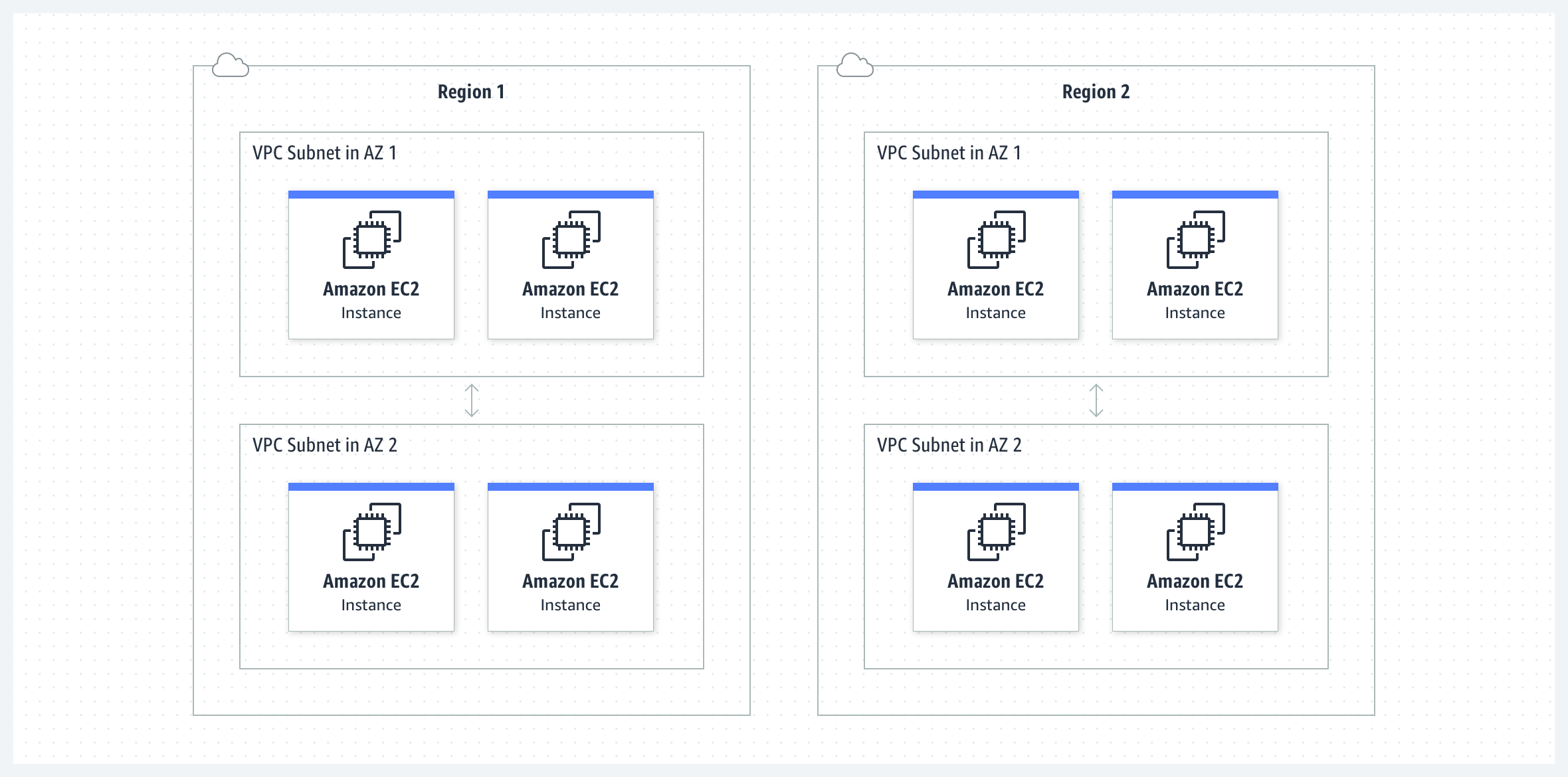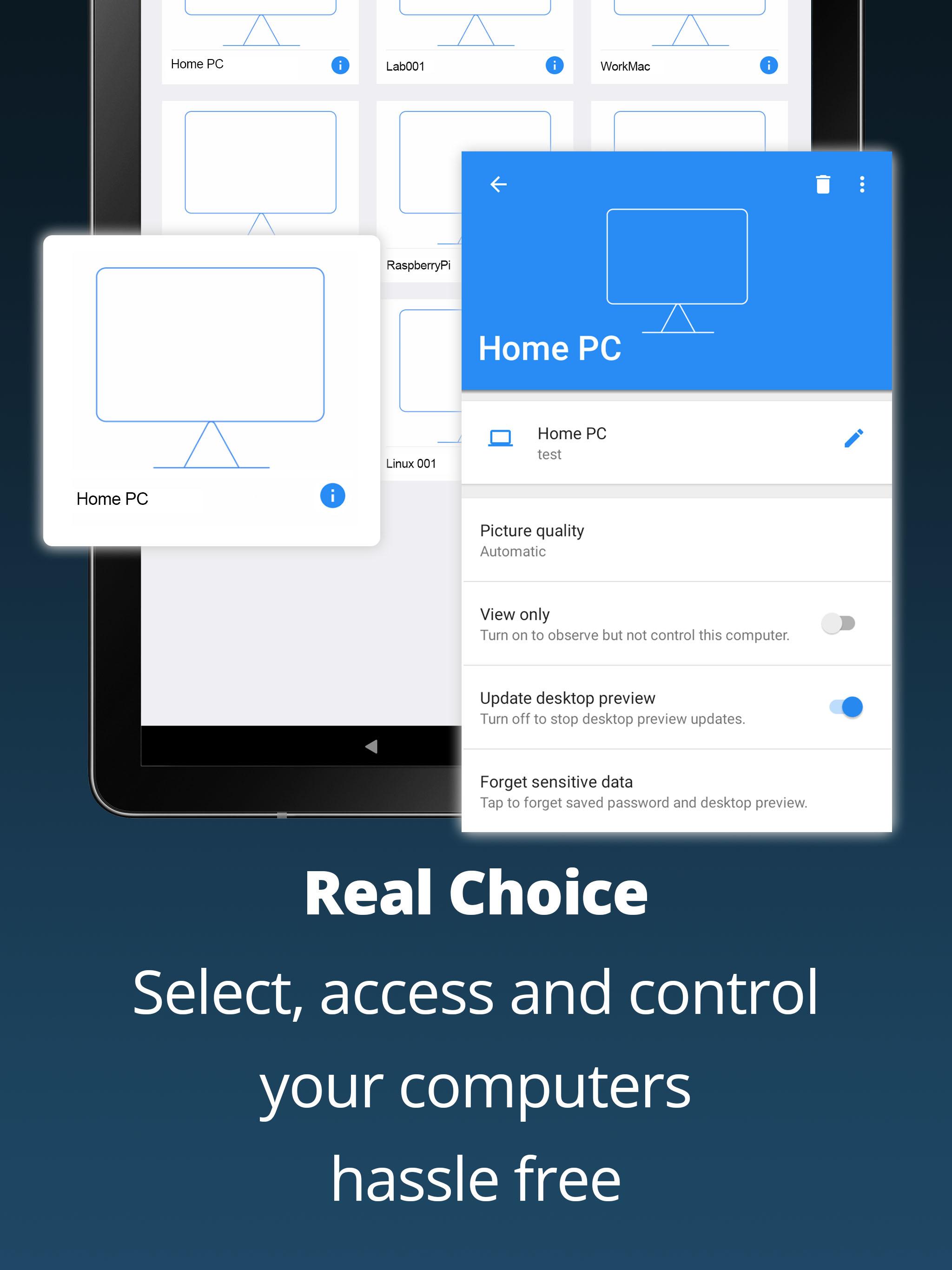Mastering RemoteIoT VPC Network On Raspberry Pi With Free AWS Resources
When it comes to building scalable IoT projects, combining Raspberry Pi with AWS services can be a game-changer. RemoteIoT VPC network setups allow you to create secure and efficient connections for your devices without breaking the bank. Whether you're a hobbyist or a professional developer, leveraging free AWS resources can supercharge your projects. So, buckle up, because we're about to dive deep into the world of IoT, Raspberry Pi, and cloud networking.
If you're here, chances are you're already familiar with Raspberry Pi—a tiny yet powerful device that’s perfect for tinkering with IoT applications. But what happens when you want to take your project to the next level? That's where AWS comes in. With its Virtual Private Cloud (VPC) offering, you can set up a secure network environment for your IoT devices, all while using free tier services to keep costs down.
This article isn't just another tech guide—it's a roadmap to help you unlock the full potential of your Raspberry Pi projects by integrating them with AWS's robust infrastructure. We'll cover everything from the basics of VPC networks to advanced configurations, all tailored to help you get started without any unnecessary headaches. Let's get started!
- Martin Kretz And Eve Von Romberg The Untold Story Of Love Legacy And Influence
- Joel Michael Singer Apology The Inside Story You Need To Know
Understanding RemoteIoT VPC Network Basics
Before we dive into the technicalities, let’s break down what a RemoteIoT VPC network really is. Simply put, it's a virtual private cloud environment designed specifically for IoT devices. This setup allows your Raspberry Pi to communicate securely with other devices and services in the cloud. Think of it as a private highway for your data, ensuring that only authorized traffic gets through.
Why does this matter? Well, in today’s interconnected world, security is paramount. Without a proper VPC setup, your IoT devices could be vulnerable to unauthorized access or cyber threats. By leveraging AWS's VPC, you can create a secure and isolated network that keeps your data safe while still allowing you to harness the power of the cloud.
Why Choose AWS Free Tier for Your IoT Projects?
The beauty of AWS lies in its free tier offerings. For starters, you can experiment with VPC networks, EC2 instances, and other essential services without incurring any costs. This makes it an ideal platform for hobbyists and small-scale developers who want to explore the possibilities of IoT without committing to hefty subscription fees.
- Breaking Down John Roberts Fox News Illness A Deep Dive
- Desi Junction Movie Download In Hindi Your Ultimate Guide
- Free tier includes 750 hours of EC2 instances per month
- VPC setup with no additional charges
- Access to S3 storage for data backup
These resources are more than enough to get your IoT project off the ground. Plus, once you're ready to scale, AWS offers flexible pricing plans that grow with your needs.
Setting Up Your Raspberry Pi for RemoteIoT VPC
Now that we’ve covered the basics, let’s talk about the actual setup process. The first step is preparing your Raspberry Pi for integration with AWS. This involves installing the necessary software and configuring your device to connect to the cloud.
Step 1: Preparing Your Raspberry Pi
Start by installing Raspbian OS on your Raspberry Pi. This lightweight operating system is perfect for IoT applications and provides all the tools you need to get started. Once your Pi is up and running, update the system and install any required packages, such as SSH for remote access.
Step 2: Creating an AWS VPC
Next, head over to the AWS Management Console and create a new VPC. Choose the "VPC with Public and Private Subnets" option to ensure secure communication between your devices. Don't forget to configure the security groups to allow inbound and outbound traffic only from trusted sources.
Here’s a quick checklist to ensure your VPC is properly set up:
- Create a public subnet for internet access
- Set up a private subnet for internal communication
- Configure NAT Gateway for outbound traffic
Connecting Raspberry Pi to AWS VPC
With your VPC ready, it's time to connect your Raspberry Pi to the cloud. This involves configuring your Pi to communicate with the VPC using secure protocols. One of the most common methods is using SSH tunneling, which allows you to securely access your Pi from anywhere in the world.
Step 1: Configuring SSH on Raspberry Pi
Enable SSH on your Raspberry Pi by running the following command:
sudo systemctl enable ssh
Once SSH is enabled, you can use tools like PuTTY or Terminal to connect to your Pi from any device on the same network.
Step 2: Setting Up SSH Tunneling
SSH tunneling is a powerful tool that allows you to securely connect to your Pi through the VPC. To set this up, you'll need to create an EC2 instance in your VPC and configure it as a jump host. This instance will act as a gateway between your local machine and the Raspberry Pi.
Here’s how you can do it:
- Launch an EC2 instance in your VPC
- Configure the security group to allow SSH traffic
- Set up the SSH tunnel using the following command:
ssh -L 2222:raspberrypi:22 ec2-user@ec2-instance
Exploring Free AWS Resources for IoT
One of the biggest advantages of using AWS for your IoT projects is the availability of free tier resources. These resources can significantly reduce your development costs while still providing access to powerful cloud services.
Free Tier Services You Should Know About
Here’s a list of free tier services that are particularly useful for IoT projects:
- Amazon EC2: Run virtual servers for your applications
- Amazon S3: Store and retrieve data securely
- AWS IoT Core: Manage and monitor IoT devices
- AWS Lambda: Execute code in response to events
By combining these services, you can create a robust IoT infrastructure without spending a dime. For example, you could use EC2 to host your application, S3 to store sensor data, and IoT Core to manage device communication.
Best Practices for RemoteIoT VPC Network
Now that you have a basic understanding of how to set up a RemoteIoT VPC network, let’s discuss some best practices to ensure your setup is secure and efficient.
1. Use Strong Authentication
Always use strong authentication mechanisms to protect your devices and data. This includes using complex passwords, enabling two-factor authentication, and regularly updating your security credentials.
2. Regularly Update Software
Keep your Raspberry Pi and all associated software up to date. This ensures that you have the latest security patches and bug fixes, reducing the risk of vulnerabilities.
3. Monitor Network Traffic
Regularly monitor your VPC network traffic to detect any suspicious activity. AWS provides tools like CloudWatch and VPC Flow Logs that can help you keep an eye on your network.
Troubleshooting Common Issues
Even the best-laid plans can encounter issues. Here are some common problems you might face when setting up a RemoteIoT VPC network and how to resolve them:
Issue 1: Unable to Connect to Raspberry Pi
If you're unable to connect to your Raspberry Pi, check the following:
- Ensure SSH is enabled on your Pi
- Verify that the security group allows SSH traffic
- Check your network settings for any misconfigurations
Issue 2: Slow Network Performance
Slow network performance can be caused by several factors, including:
- High network latency
- Insufficient bandwidth
- Overloaded EC2 instances
To resolve these issues, consider optimizing your network settings or upgrading your EC2 instance if necessary.
Real-World Applications of RemoteIoT VPC Networks
So, how can you apply this knowledge in real-world scenarios? Here are a few examples of projects that leverage RemoteIoT VPC networks:
1. Smart Home Automation
Use Raspberry Pi and AWS to create a smart home system that allows you to control lighting, temperature, and security systems remotely.
2. Environmental Monitoring
Set up a network of sensors to monitor air quality, temperature, and humidity levels in real-time. This data can be stored in AWS S3 and analyzed using AWS Lambda functions.
3. Industrial IoT
Implement IoT solutions in manufacturing processes to improve efficiency and reduce downtime. With AWS IoT Core, you can manage thousands of devices and analyze their performance data.
Future Trends in RemoteIoT VPC Networks
As technology continues to evolve, the possibilities for RemoteIoT VPC networks are endless. Some emerging trends to watch out for include:
1. Edge Computing
Edge computing allows you to process data closer to the source, reducing latency and improving performance. AWS offers services like AWS Greengrass that make it easy to implement edge computing in your IoT projects.
2. Machine Learning
Machine learning can enhance IoT applications by enabling predictive analytics and automated decision-making. AWS provides tools like SageMaker that make it easy to incorporate machine learning into your projects.
Conclusion
In conclusion, setting up a RemoteIoT VPC network on Raspberry Pi with free AWS resources is a powerful way to bring your IoT projects to life. By following the steps outlined in this article, you can create a secure and efficient network environment that meets your needs.
We encourage you to experiment with different configurations and explore the full range of AWS services available to you. And don’t forget to share your experiences and insights with the community. Who knows, you might just inspire someone else to take their IoT journey to the next level!
Until next time, happy tinkering!
- Breaking Down John Roberts Fox News Illness A Deep Dive
- Who Is Charlie Kirks Flash Girl Unveiling The Mystery Behind The Spotlight

Mastering RemoteIoT VPC Network On Raspberry Pi With Free AWS The

Set Up a Secure RemoteIoT VPC Network with Raspberry Pi on AWS Stepby

Securely Connect Remote IoT VPC Raspberry Pi AWS Free A Comprehensive